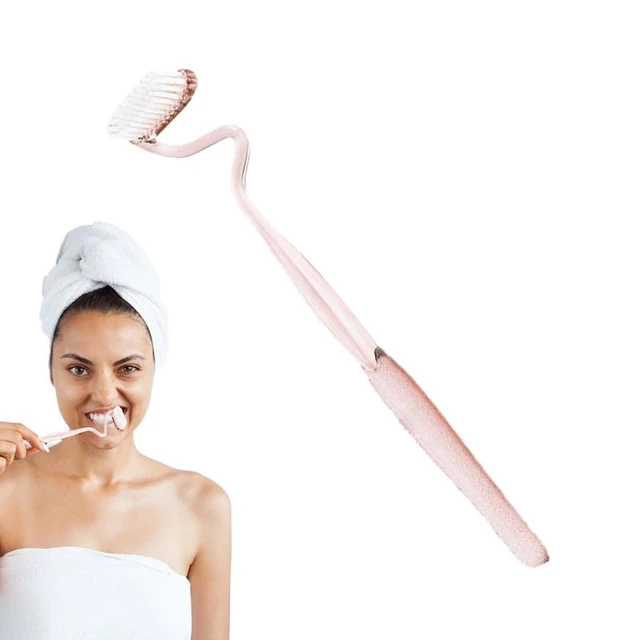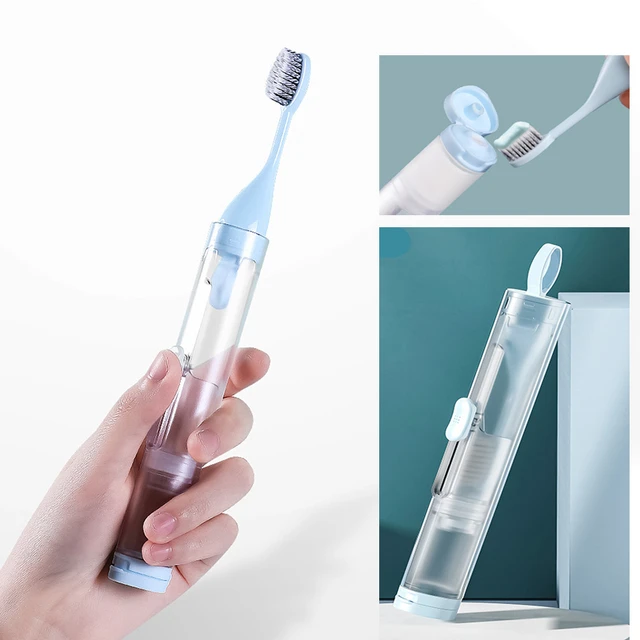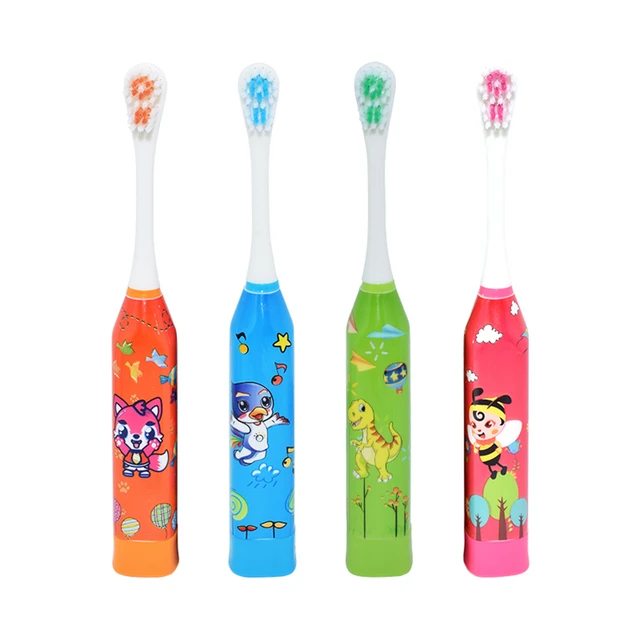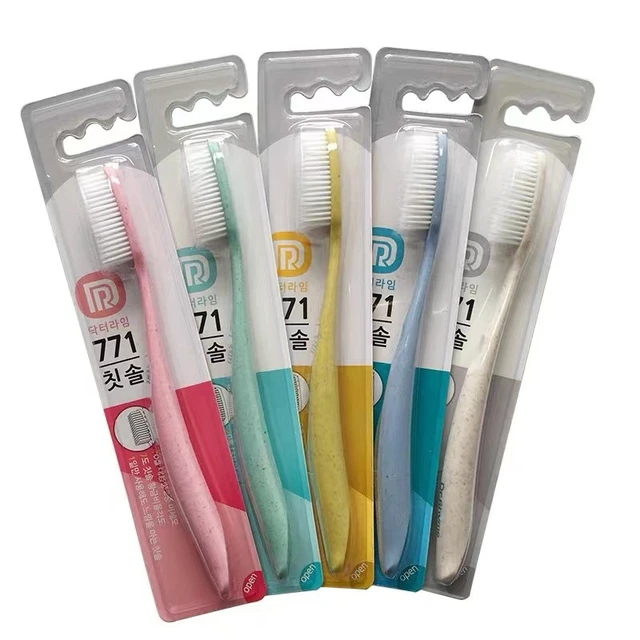Introduction:
Replacing your toothbrush regularly is essential for maintaining good oral hygiene and ensuring that you are effectively removing plaque and preventing dental problems. But how often should you really replace your toothbrush? The answer depends on several factors, including the type of toothbrush you use, your oral health, and specific conditions you might have. This detailed guide explores these aspects to help you determine the ideal frequency for replacing your toothbrush.

How Often Should I Replace My Toothbrush:
What Are the Key Indicators?
General Recommendations:
What Do Dental Experts Advise for Toothbrush Replacement?
Understanding when to replace your toothbrush is crucial for maintaining effective oral hygiene. Here’s what dental experts generally recommend.
Every Three to Four Months:
Standard Guideline:
Prevent Wear and Tear: The American Dental Association (ADA) recommends replacing your toothbrush every three to four months. Over time, toothbrush bristles become frayed and less effective at cleaning teeth and gums. Regular replacement ensures you are using a brush that can effectively remove plaque and food particles.
Bacterial Accumulation: Used toothbrushes can harbor bacteria, especially if stored in a moist environment. Replacing your toothbrush regularly helps minimize the risk of bacterial buildup that could contribute to oral infections.

After Illness:
Prevent Reinfection:
Health Considerations: If you have been sick, it’s a good practice to replace your toothbrush after you recover. Bacteria and viruses can linger on the bristles, potentially leading to reinfection or spreading illness within your household.
Visible Wear:
Assess Bristle Condition:
Visual Check: Even if it hasn’t been three to four months, you should replace your toothbrush if you notice visible signs of wear and tear. Bristles that are frayed, splayed, or discolored are indicators that the toothbrush is no longer effective and needs to be replaced.
Type of Toothbrush:
How Does the Type Affect Replacement Frequency?
The type of toothbrush you use—manual or electric—can influence how often you need to replace it.
Manual Toothbrushes:
Standard Usage:
Every Three Months: For manual toothbrushes, the general guideline is to replace them every three months. The wear and tear on a manual toothbrush can be more pronounced, especially if you brush rigorously.
Affordable Option: Manual toothbrushes are usually more affordable, making it easier to adhere to regular replacement without significant cost.
Electric Toothbrushes:
Replace the Head:
Every Three Months: For electric toothbrushes, it is the brush head that needs replacement, typically every three months. The motorized action can cause bristles to wear out just as quickly as manual toothbrushes.
Additional Considerations: Some electric toothbrushes come with indicators, such as color-changing bristles, to signal when it’s time for a replacement. These features help take the guesswork out of maintenance.

Specific Conditions:
What Factors Might Require More Frequent Replacement?
Certain conditions might necessitate replacing your toothbrush more frequently than the general recommendations.
Orthodontic Appliances:
Braces and Aligners:
Increased Wear: If you wear orthodontic appliances such as braces or aligners, you may need to replace your toothbrush more often. The presence of brackets and wires can put additional strain on the bristles, causing them to wear out faster.
Effective Cleaning: A fresh toothbrush ensures that you can clean around orthodontic appliances effectively, preventing plaque buildup and tooth decay.
Gum Disease:
Gingivitis and Periodontitis:
Regular Replacement: Individuals with gum diseases like gingivitis or periodontitis should consider replacing their toothbrushes more frequently. Ensuring the toothbrush is in optimal condition helps to better manage oral health issues and prevent further complications.
Sensitive Teeth:
Gentle Brushing:
Soft Bristles: Those with sensitive teeth may use toothbrushes with softer bristles, which can wear out more quickly. More frequent replacement ensures that the bristles remain gentle yet effective.
Post-Dental Surgery:
Surgery and Healing:
Extra Care: After undergoing dental surgery or procedures, you may be advised to use a special toothbrush. Replace this toothbrush regularly to maintain a sterile environment and aid in proper healing.

Care and Maintenance:
How Can You Extend the Life of Your Toothbrush?
Proper care and maintenance can help extend the life and efficiency of your toothbrush.
Rinse Thoroughly:
Post-Brushing Care:
Remove Debris: After brushing, rinse your toothbrush thoroughly with tap water to remove any remaining toothpaste and debris. This prevents buildup on the bristles and helps maintain their effectiveness.
Store Upright:
Air Dry:
Prevent Bacteria: Store your toothbrush upright in a holder that allows it to air dry. Avoid using closed containers to store wet toothbrushes, as these can create a moist environment conducive to bacterial growth.
Avoid Sharing:
Personal Hygiene:
Individual Use: Never share your toothbrush with others. Sharing can transfer bacteria and viruses, increasing the risk of oral infections and illnesses.
Replacement Alerts:
Reminders:
Stay Consistent: Set reminders for toothbrush replacement every three months. Some toothbrushes and toothbrush heads come with built-in wear indicators, making it easier to know when it’s time for a new one.
Special Considerations:
How Do Kids’ Toothbrushes Differ in Replacement Needs?
Children’s toothbrushes often require more frequent replacement for several reasons.
Rapid Wear:
Vigorous Brushing:
More Frequent Replacement: Children tend to brush more vigorously, which can cause their toothbrushes to wear out faster. Inspect your child’s toothbrush regularly and replace it every two to three months, or whenever you notice significant wear.
Smaller Sizes: Kids’ toothbrushes are smaller and may have softer bristles, which also contribute to quicker wear and the need for more frequent replacement.
Hygiene Habits:
Guiding Proper Use:
Monitor Usage: Guide your child in proper brushing techniques and ensure they rinse and store their toothbrush correctly to prolong its life. Teach them the importance of regular replacement for maintaining oral hygiene.

Environmental Impact:
What Eco-Friendly Alternatives Are Available for Toothbrush Replacement?
Replacing toothbrushes regularly can have an environmental impact, but there are eco-friendly alternatives to consider.
Recyclable Options:
Sustainable Choices:
Reduce Waste: Choose toothbrushes made from recyclable materials. Some brands offer toothbrushes that can be sent back for recycling, reducing the environmental burden of discarded brushes.
Biodegradable Materials: Look for toothbrushes made from biodegradable materials, such as bamboo handles. These options decompose more readily than traditional plastic toothbrushes.
Replaceable Heads:
Electric Toothbrushes:
Part-by-Part Replacement: Opt for electric toothbrushes with replaceable heads. This reduces plastic waste compared to disposing of entire toothbrushes every few months.
Subscription Services: Some companies offer subscription services that send replaceable brush heads at regular intervals. This ensures timely replacement while minimizing waste.
Conclusion
Regularly replacing your toothbrush is fundamental to maintaining excellent oral hygiene. The general recommendation is every three to four months, with variations depending on factors like the type of toothbrush, specific oral health conditions, and individual habits. Proper care, such as thorough rinsing and appropriate storage, can extend the life of your toothbrush and ensure its effectiveness. By following these guidelines and considering eco-friendly options, you can ensure optimal dental health while minimizing environmental impact. Regular toothbrush replacement not only keeps your teeth and gums healthy but also enhances your overall well-being.

